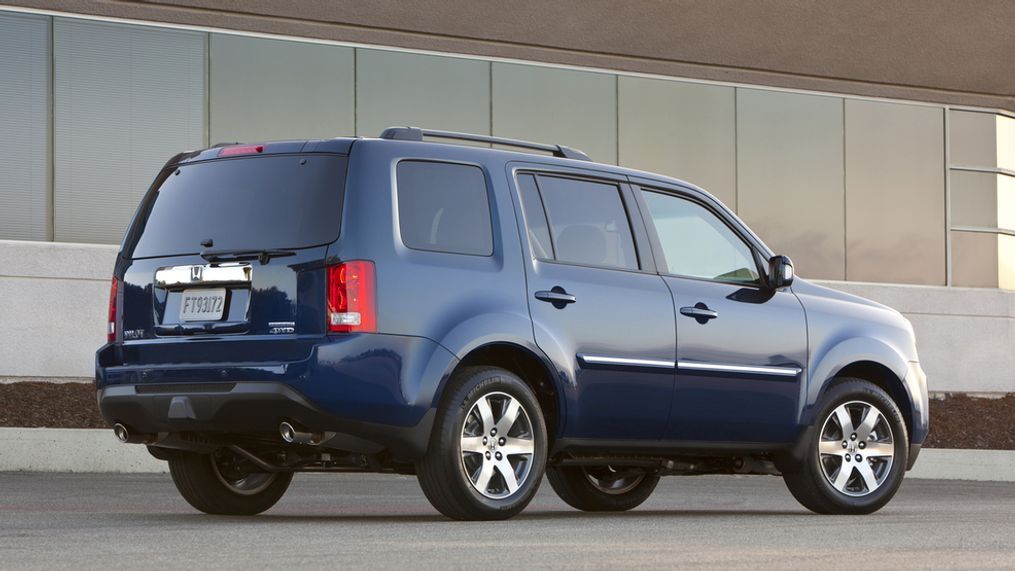Used cars offer big deals for car shoppers

During the past five years, new-car shoppers have driven transaction prices higher and higher by choosing higher-trim vehicles and robust option packages. The average transaction price for new cars is more than $37,000 in 2019, according to Kelley Blue Book. Now, those well-equipped vehicles are starting to trickle down to used-car lots, where they can be significant bargains compared to their new equivalents.
Shoppers could save more than $14,000 by opting for a 3-year-old vehicle rather than its brand-new equivalent, according to Edmunds. With buyers shifting away from base-model vehicles to get advanced safety technology and convenience features, this gulf is starting to widen. In 2014, the base-level LX model of the Honda Pilot accounted for 14 percent of sales. So far in 2019, that number is just 6 percent. Buyers are opting instead for the well-equipped Touring model (up 2 percent to 25 percent) and the fully loaded Elite, which didn't exist in 2014 and now accounts for 12 percent of Pilot sales.
Like the vehicles themselves, these expensive trims and packages are worth only a fraction of their original cost on the used-car market. The average transaction price for that 2014 Honda Pilot LX in 2019 is $16,542. The Touring, which was originally $41,500, only commands $20,290 now. In 2014, the price difference between LX and Touring trims was $10,150; on the used car market now, the difference between the trims is only $3,748.
"Used-car shoppers are getting the most bang for their buck because they're acquiring amenities and advanced technology features at a fraction of the original purchase price," said Edmunds analyst Ivan Drury. "If you're in the market for a vehicle and finding that the cost of a new car is just out of reach, take a look at the used inventory at your local dealership. Chances are that you'll find all of the bells and whistles on a similar vehicle at a price that's more in line with what you can afford."
While these deals may seem too good to pass up, shoppers should still take care when comparing new-car prices to used. Packages evolve over time, and manufacturers often add content as models age in order to improve their perceived value. The same trim, even just a year or two apart, may bundle completely different features.
